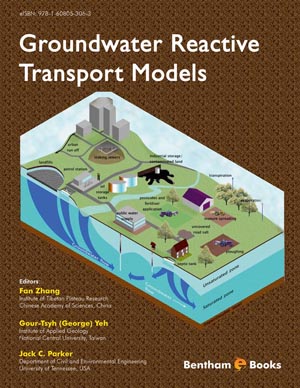Abstract
In recent decades, considerable attention has been directed toward
wastewater remediation through various processes, including adsorption, advanced
photo-reduction/oxidation processes, ion exchange, and more. The linchpin of these
processes lies in the judicious selection of appropriate materials, capable of not only
meeting the primary requirements but also exhibiting suitable availability. The
exploration of carbonaceous materials such as activated carbon, biochar, hydrochar,
etc., emerges as a cost-effective strategy for wastewater remediation. The surface area,
a well-established pivotal factor, assumes a critically influential role in the wastewater
remediation process. Therefore, it is paramount, during the fabrication of such
materials, to adopt appropriate strategies to ensure the fulfillment of the targeted
material requirements. Due to their extensive surface area, carbonaceous materials hold
immense potential in wastewater treatment through advanced oxidation processes
(AOPs). The efficacy of these AOPs, encompassing photo-catalysis and photoreduction/oxidation, hinges upon the materials employed, including nanoparticles and
hetero-structures. In turn, all AOPs are orchestrated by reactive oxidation species
(ROS) generated at the active sites of catalysts, such as nanoparticles and heterostructures. This study comprehensively summarizes the pivotal role of carbonaceous
materials, underscores their significance, and elucidates the fabrication techniques
essential for their multidisciplinary application in wastewater treatment processes.












